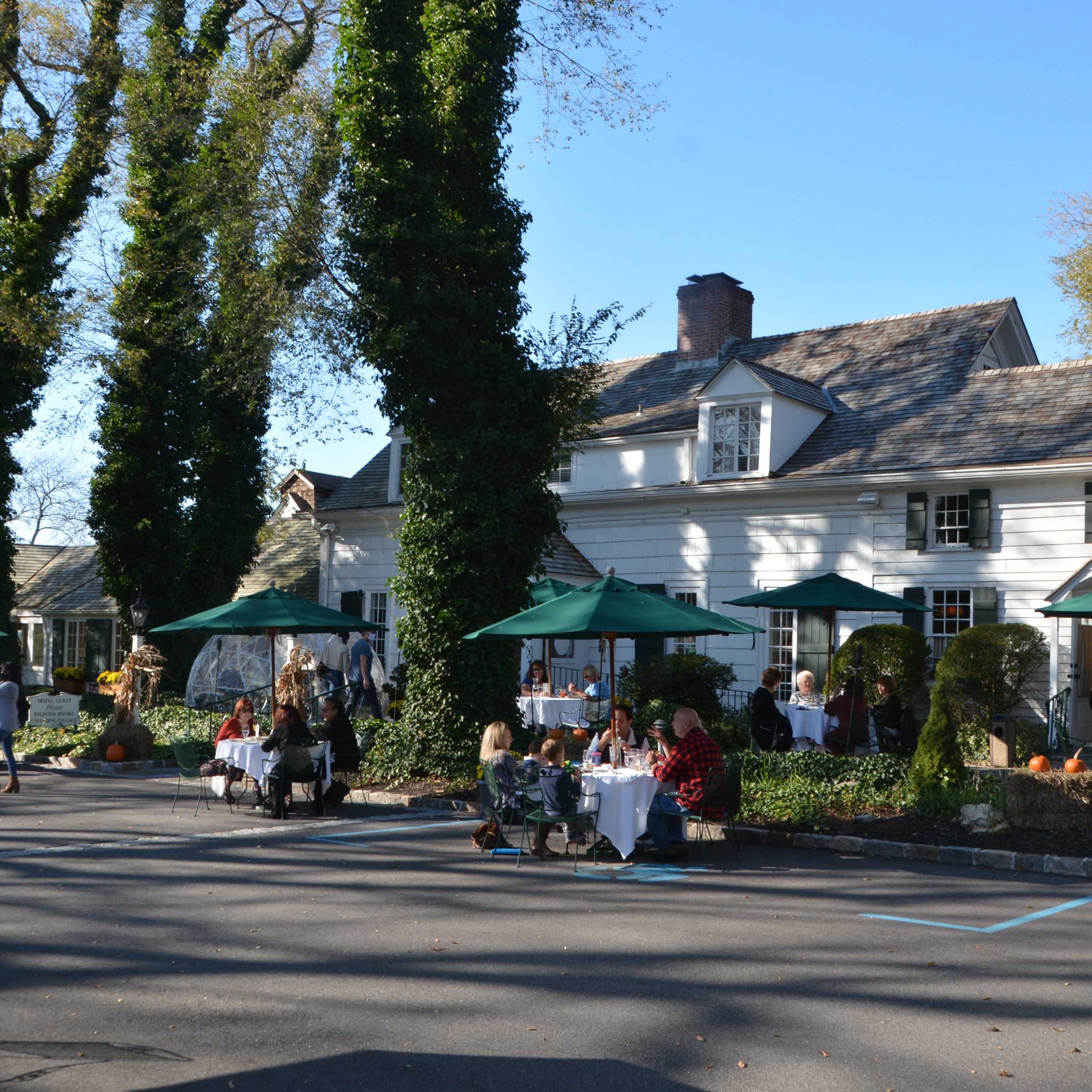Marcel Proust’s “Remembrance of Things Past,” published in 1913, changed the way the modern novel was written. His 4,000-page, seven-volume story is so exquisite, subtle, heartfelt and profound that it has proven to be impossible to translate into film.
The first volume, called “Swann’s Way,” includes a 45-page description of Proust as a boy taking a walk with his parents near their country home. One would think that a 45- page description of a child walking behind his parents along a country path would be a touch boring, but instead he turns the walk into a magical description of flowering plants, streams, country images of stone walls, a glance at a pretty girl named Gilberte and a carriage ride home at dusk where a distant steeple is silhouetted by the sunset and moves along the horizon as the road on which the carriage rides changes direction.
This novel is most famous for the use of “involuntary memory” where the smell and taste of a madeleine cookie takes him back to childhood days when he would spend Sunday mornings with his aunt on her country estate where she would give him a taste of the scalloped delicacy and tea. The novel is set in Paris with walks through the Tuileries Garden, in the countryside of Combray and in a seaside resort on the coast of Normandy. The book is filled with stories of train rides, parties, music and the life of the aristocracy in France at the beginning of the 20th century.
We have no such memories available to us here in America since we don’t have Paris, the Tuileries Garden, the Champs-Elysees nor the coast of Normandy. But we do have our own memories. In fact, some of my fondest memories date back to my impoverished days as a graduate student studying for my Ph.D. in psychology at SUNY Stony Brook.
I decided to go in search of lost times myself by visiting the hamlet of Stony Brook, the place I lived for seven years as I anguished over my studies and made brave and valiant efforts to complete my dissertation. Those were the days when the campus at Stony Brook was not much more than mud and some brutally ugly buildings and a half-built bridge referred to as “The bridge to nowhere.”
Before we get into what the campus looks like today, let me describe my day in Stony Brook. I lived in the old historic village of Stony Brook for seven years, but like most young folks I failed to appreciate what I had. Stony Brook is a small hamlet on the north shore and was first settled in 1680. It supported itself with agricultural, but since it was such an idyllic setting on the Long Island Sound and with a perfect harbor, it soon became a resort destination for those who were willing to take the long carriage ride from New York City, which was 55 miles west.
The center of town was The Three Village Inn, which still functions today and where we had a pleasant brunch. The inn has those wavy old glass windows that make you feel that George Washington is about to walk in and have a drink at the bar.
In my quest for memories from graduate school days we sauntered up Christian Avenue to Chestnut Street, which is where I lived. I walked past the homes of the famous New Yorker cartoonist George Booth and the noted painter Joseph Reboli. The town has been home to the actor Cliff Robertson, the poet Louis Simpson and actress Nora Lum. As I looked at my former home, I wondered how it was that I lived so well and so beautifully as a grad student when I earned virtually no money, but now when I work as a professional one could say I live hand to mouth. In the old days, back in 1975, perhaps money was not the central driving force in America.
We made our way back to the center of town where philanthropist Ward Melville had commissioned an urban planner to design a town center to mimic a typical New England town with an oval town center overlooking the harbor and a post office with a carved wooden eagle on top expected to flap its wing each hour. We walked into the Reboli Museum to see his work. I recall that years ago I had a chance to buy one of his works (“Anvil and Egg”) for $75. When I asked about the prices of his canvasses today, I was told they range from $3,000 to $25,000.
We visited the campus and I could see that the entire place had been transformed into a thing of majestic beauty. Charles Wang had built a building and then there was the Staller Center for the Arts. There was the library and the biggest change was that all the pathways that were once nothing but mud had been landscaped into marble and stone walkways with flowers and streams and fountains all over.
Stony Brook is a memory of things past and blissfully stuck in a time warp reminiscent of Carmel by the Sea. It takes you back to America’s colonial past with its quaint town centers, ponds with ducks, tree-lined streets, churches with steeples and gorgeous harbors. Such a pleasant blissful place to live. Little did I know that I had it made in the shade when I was a lowly graduate student.




